Business
Airfare prices dropped: 10 reasons it might not last
By Jake Beardslee · February 13, 2024

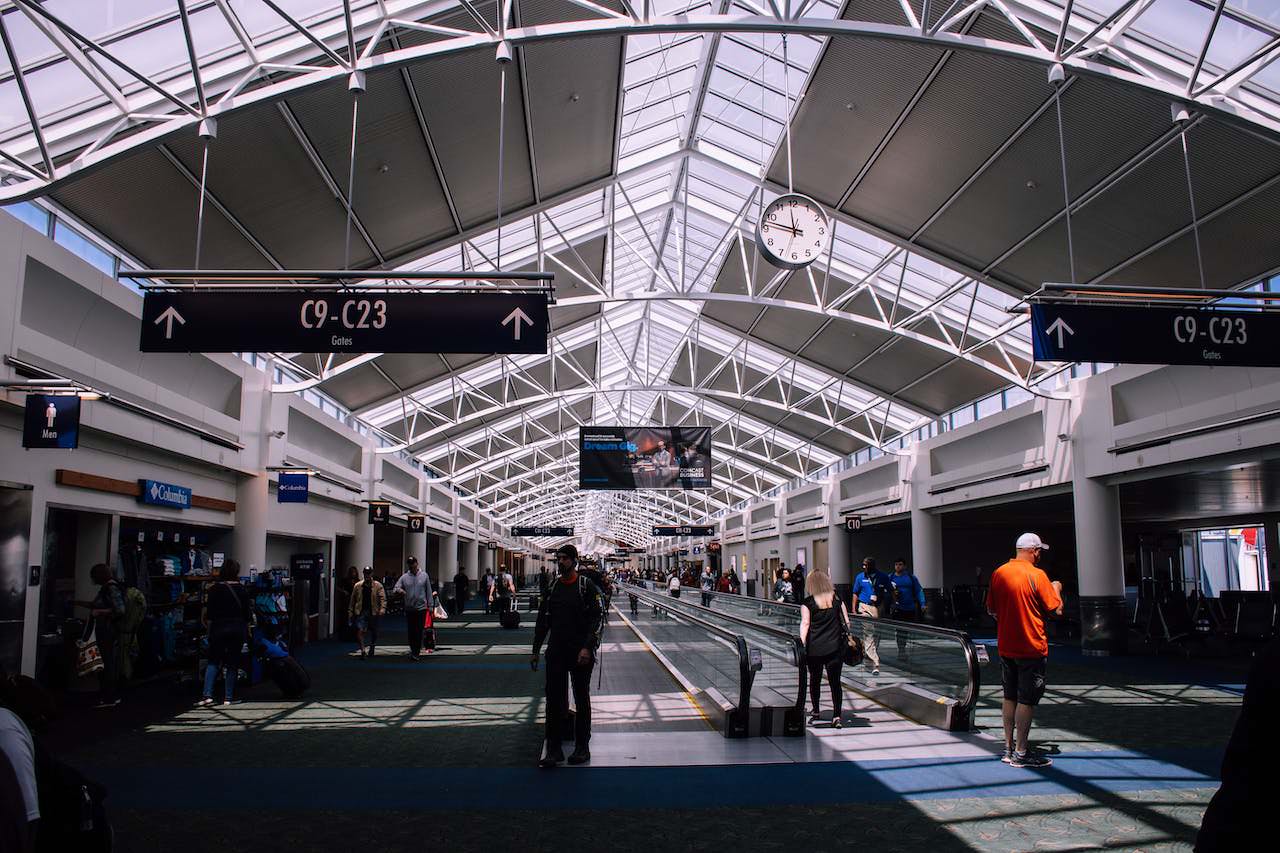
Seasonal factors
January is typically slower for travel after the winter holidays. Demand usually increases during school breaks and spring. Brett Sayles/Pexels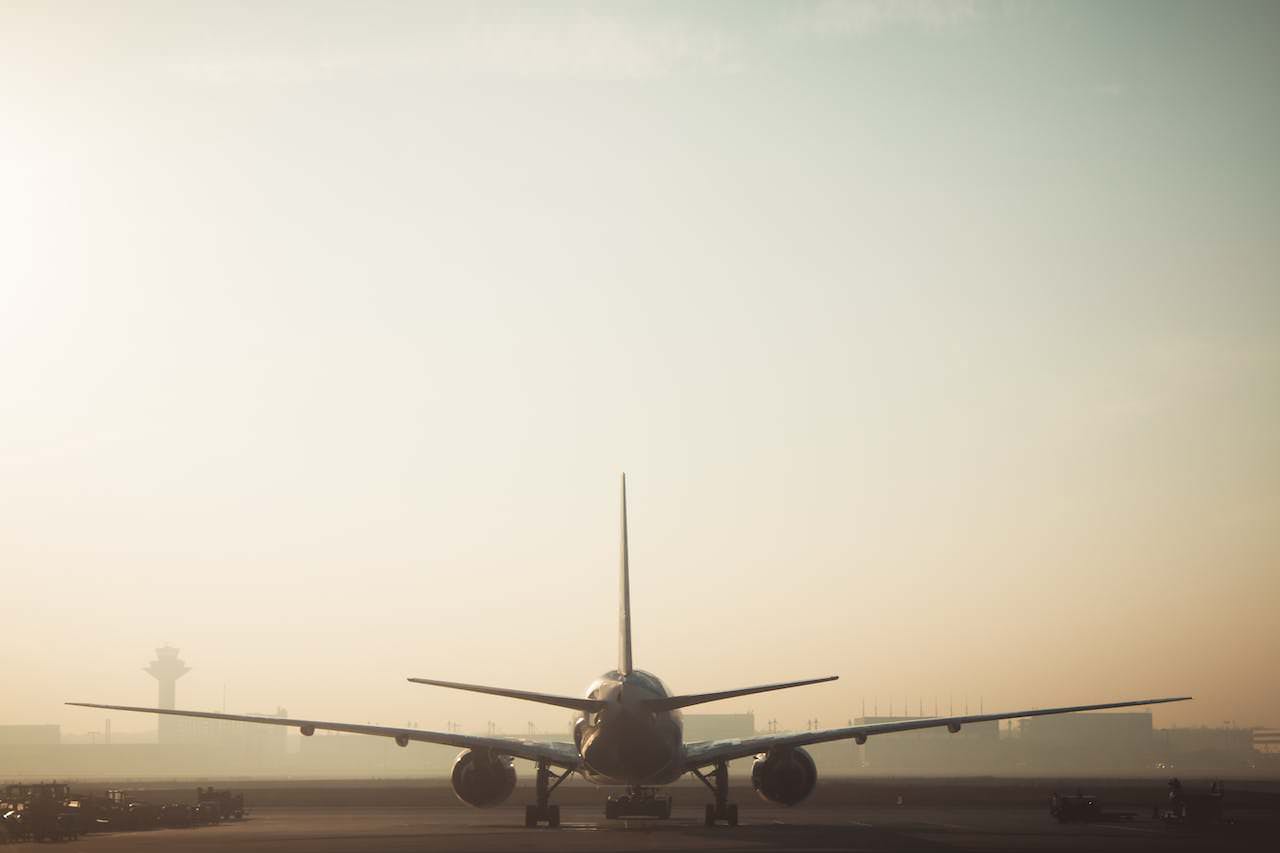
Capacity constraints
Carriers face constraints from issues like engine recalls and delays, yet executives forecast robust demand domestically and internationally. Maria Tyutina/Pexels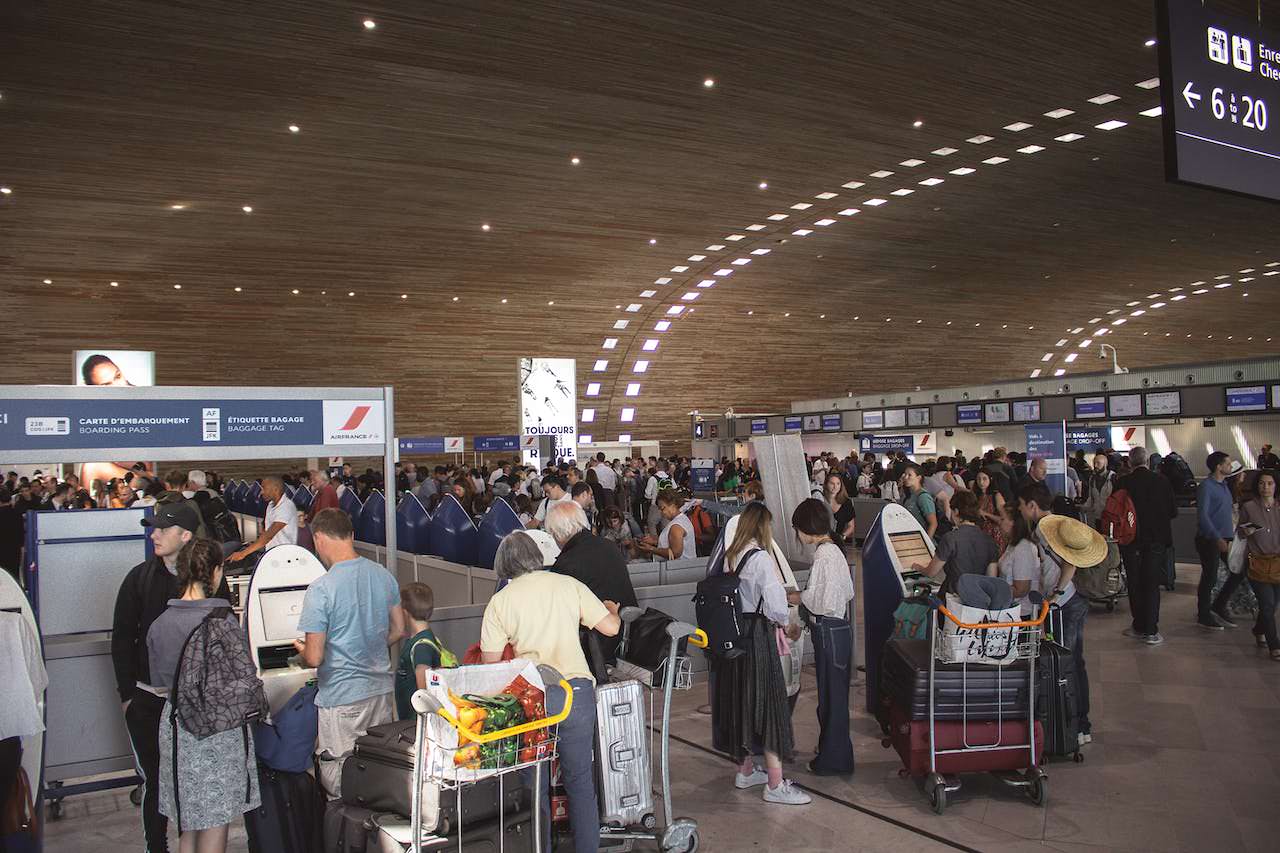
Analyst perspective
One analyst said capacity declines stem from "artificial constraints" that will persist, so fares may improve as demand remains high, according to CNBC. Connor Danylenko/Wikimedia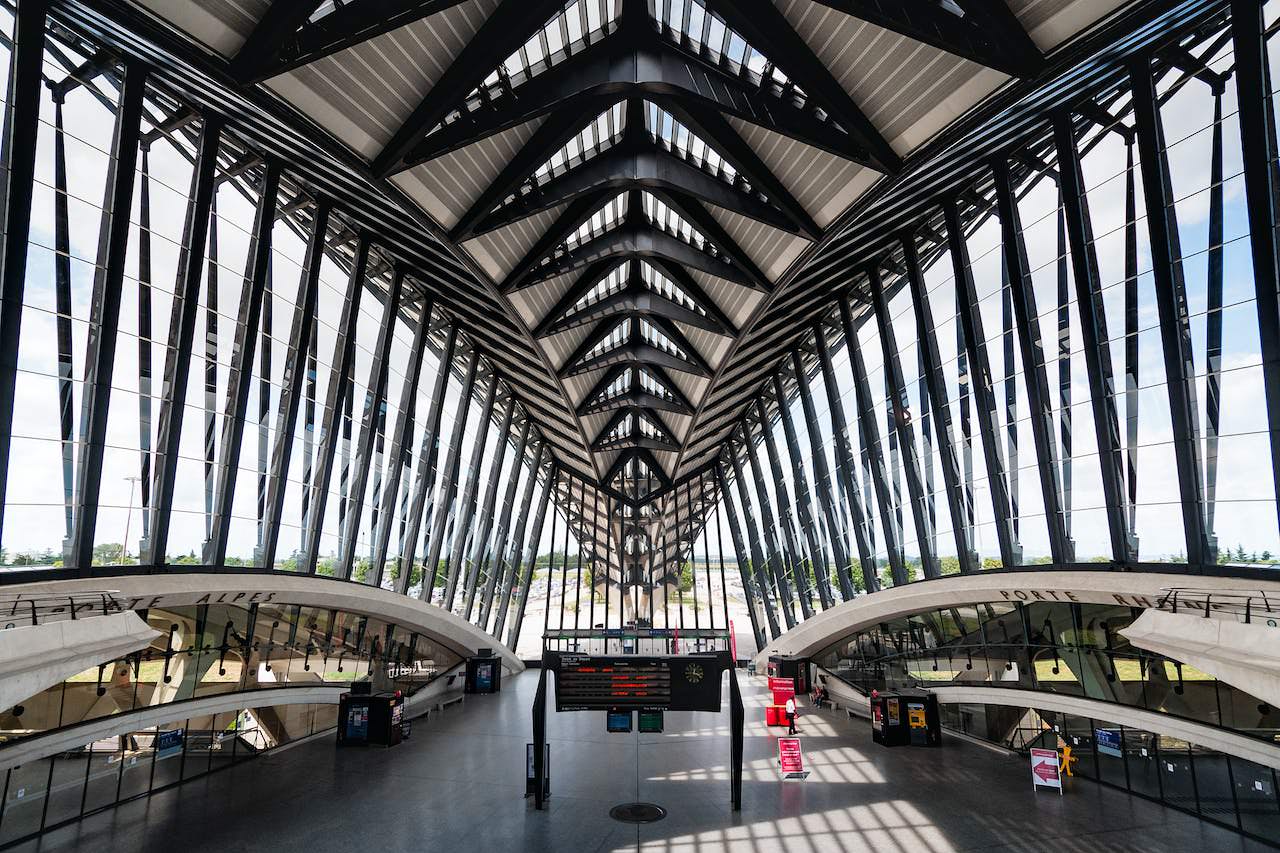
Adjusted forecasts
One analyst said capacity declines stem from "artificial constraints" that will persist, so fares may improve as demand remains high. Pixabay/Pexels
Adjusted forecasts
Southwest and Alaska moderated capacity growth forecasts due to issues like engine problems and delayed aircraft. Tomás Del Coro from Las Vegas, Nevada, USA/Wikimedia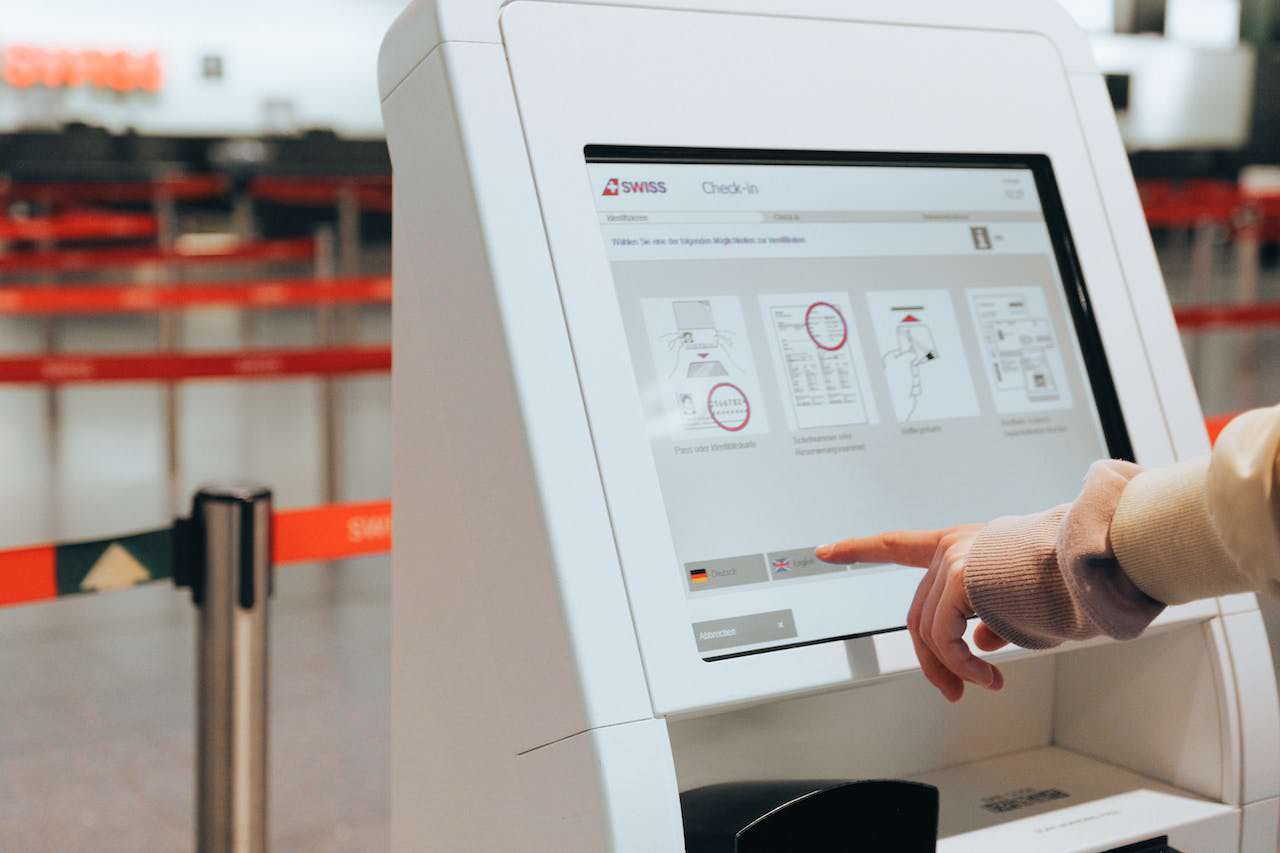
Rising fares expected
Hopper expects "good deal" domestic fares to average $276 in February but rise over 9% to $302 in May. Anna Shvets/Pexels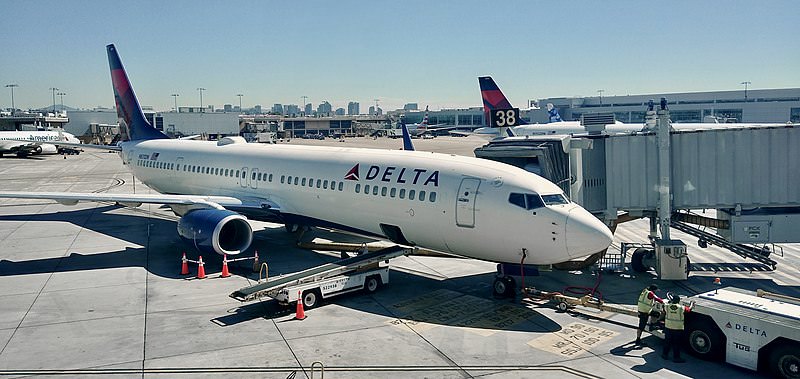
Lingering supply challenges
Delta's CEO said aircraft repairs and suppliers haven't recovered fully from pandemic losses of experience. Mertbiol/Wikimedia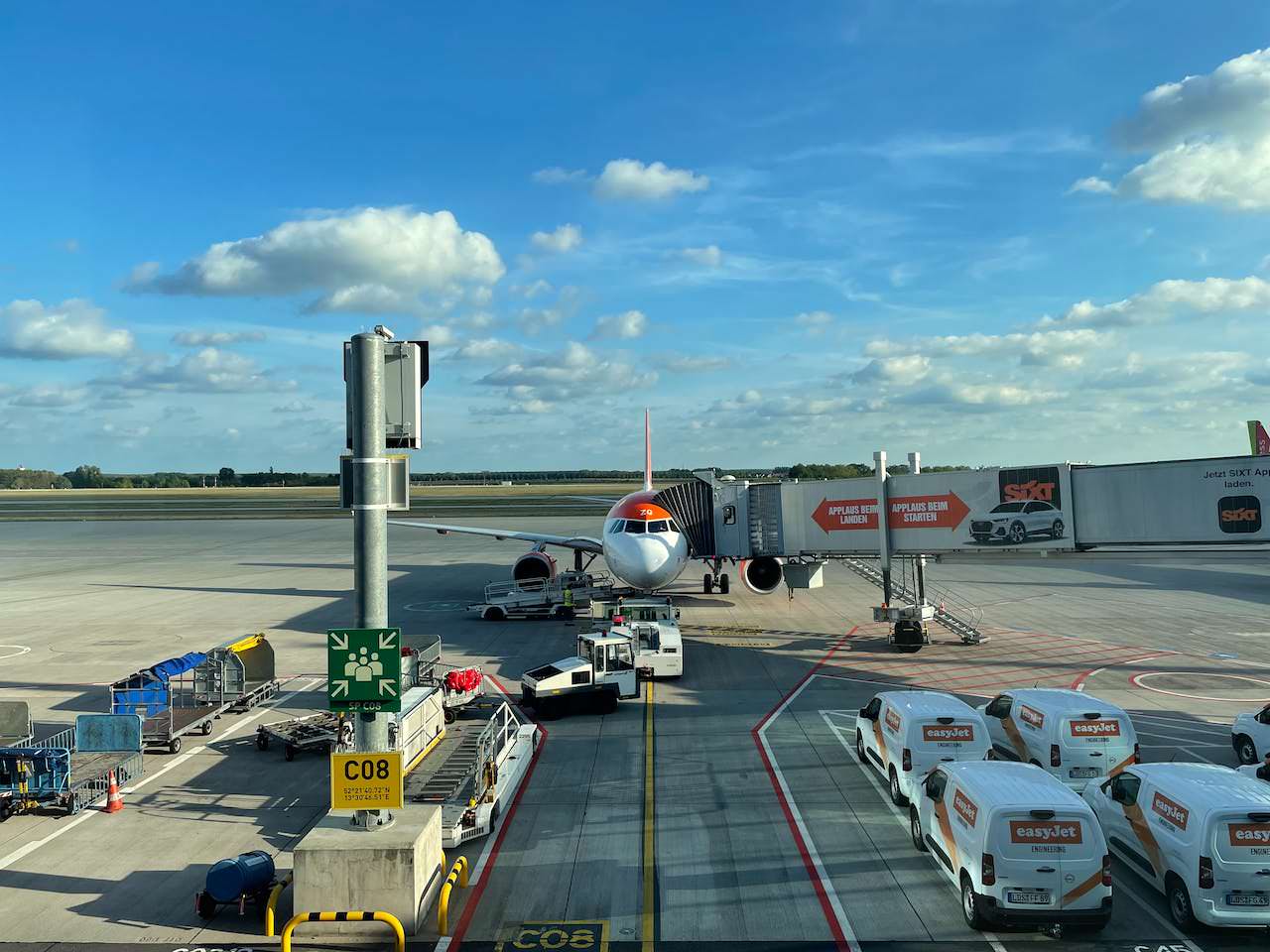
Recent grounding
Boeing Max 9 planes were grounded, slightly reducing Alaska and United capacity until returning in January. Hampie/Pexels
Production oversight
The FAA will oversee Boeing manufacturing due to the grounding and potential future delays. Md Shaifuzzaman Ayon/Wikimedia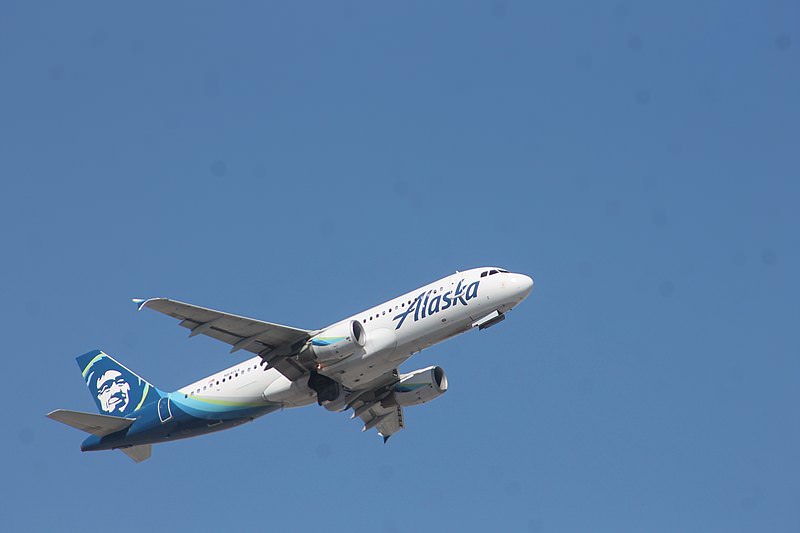
Capacity adjustment
Alaska adjusted capacity growth projections down slightly due to the Max grounding and delays. Noah Wulf/Wikimedia